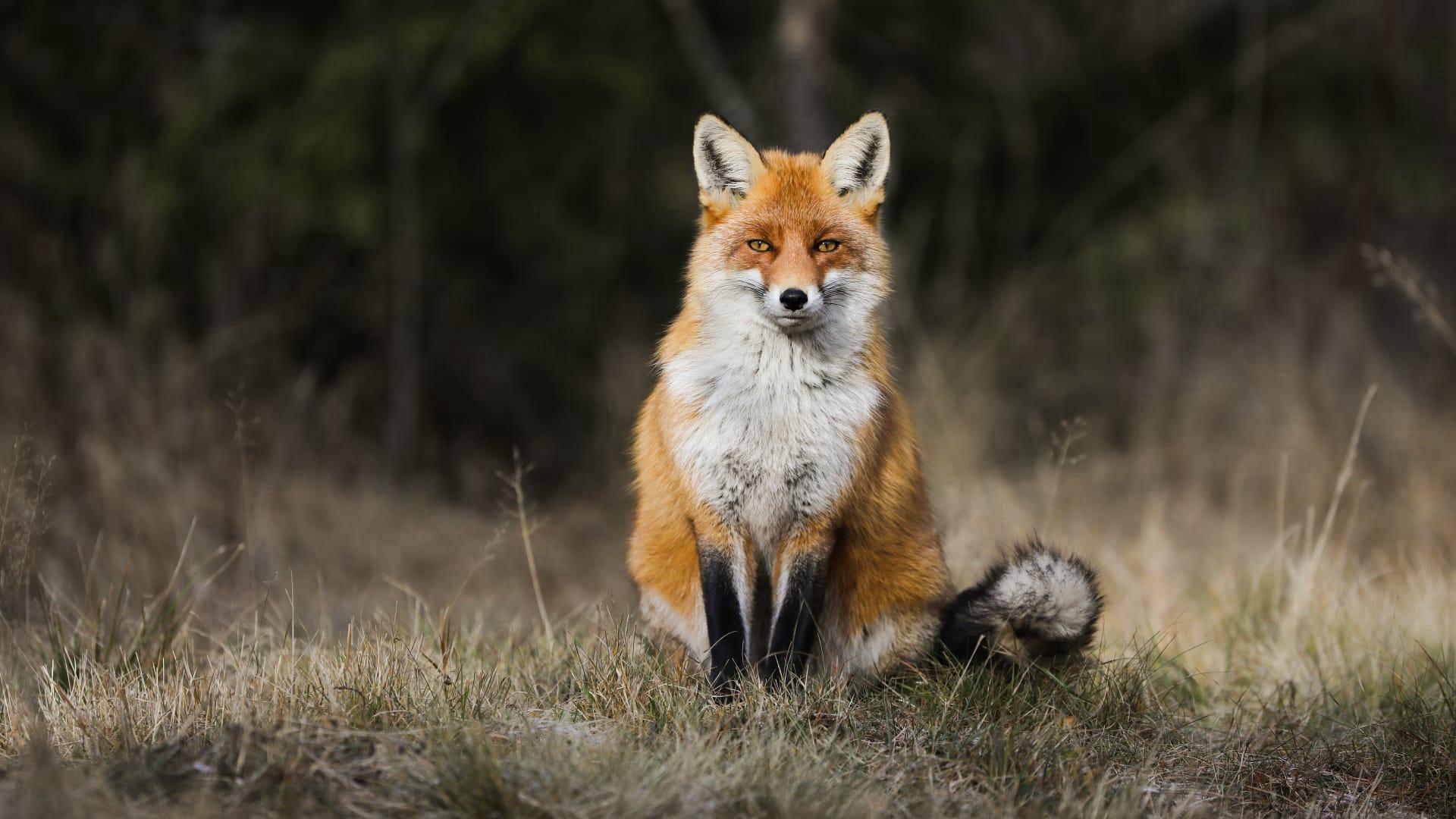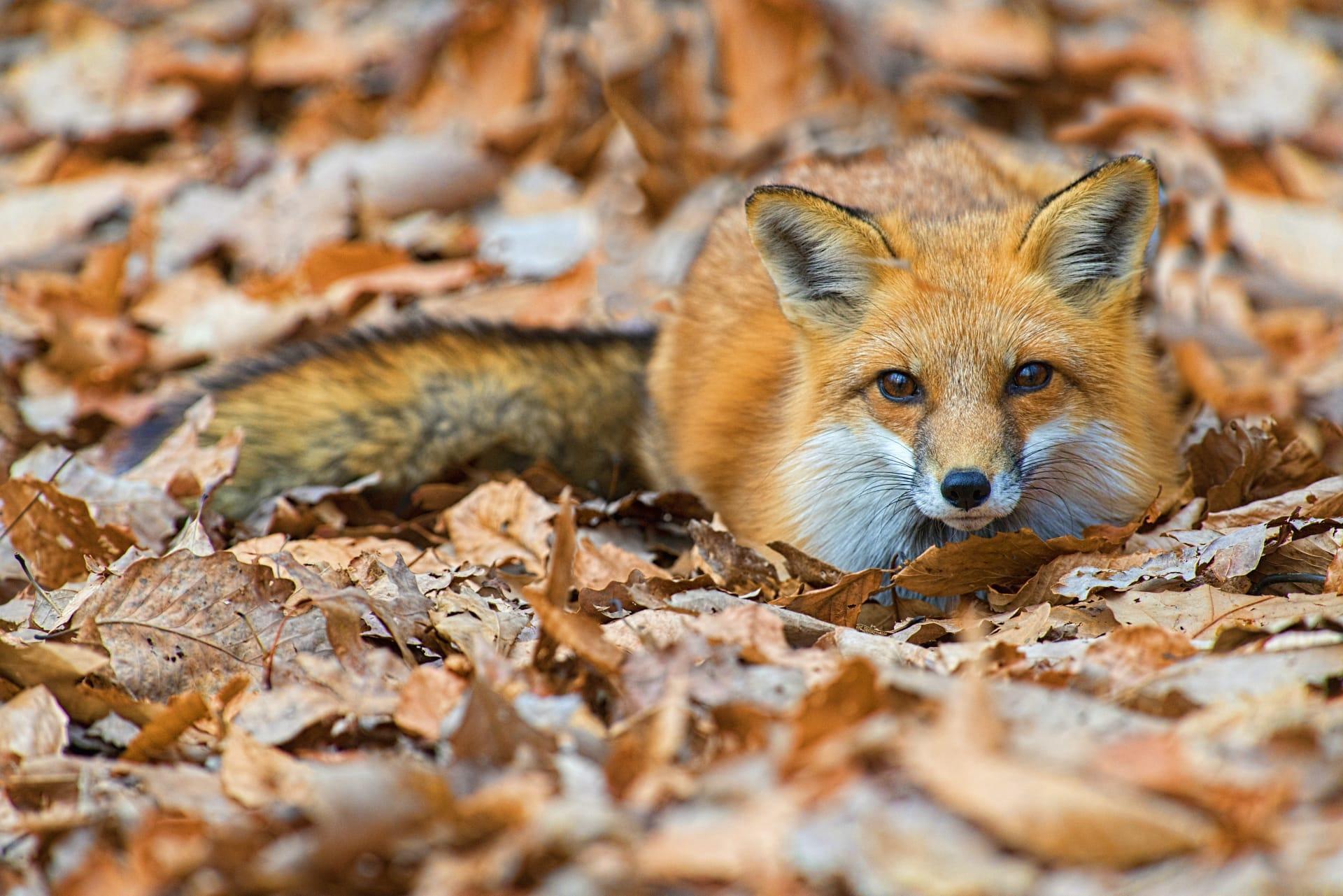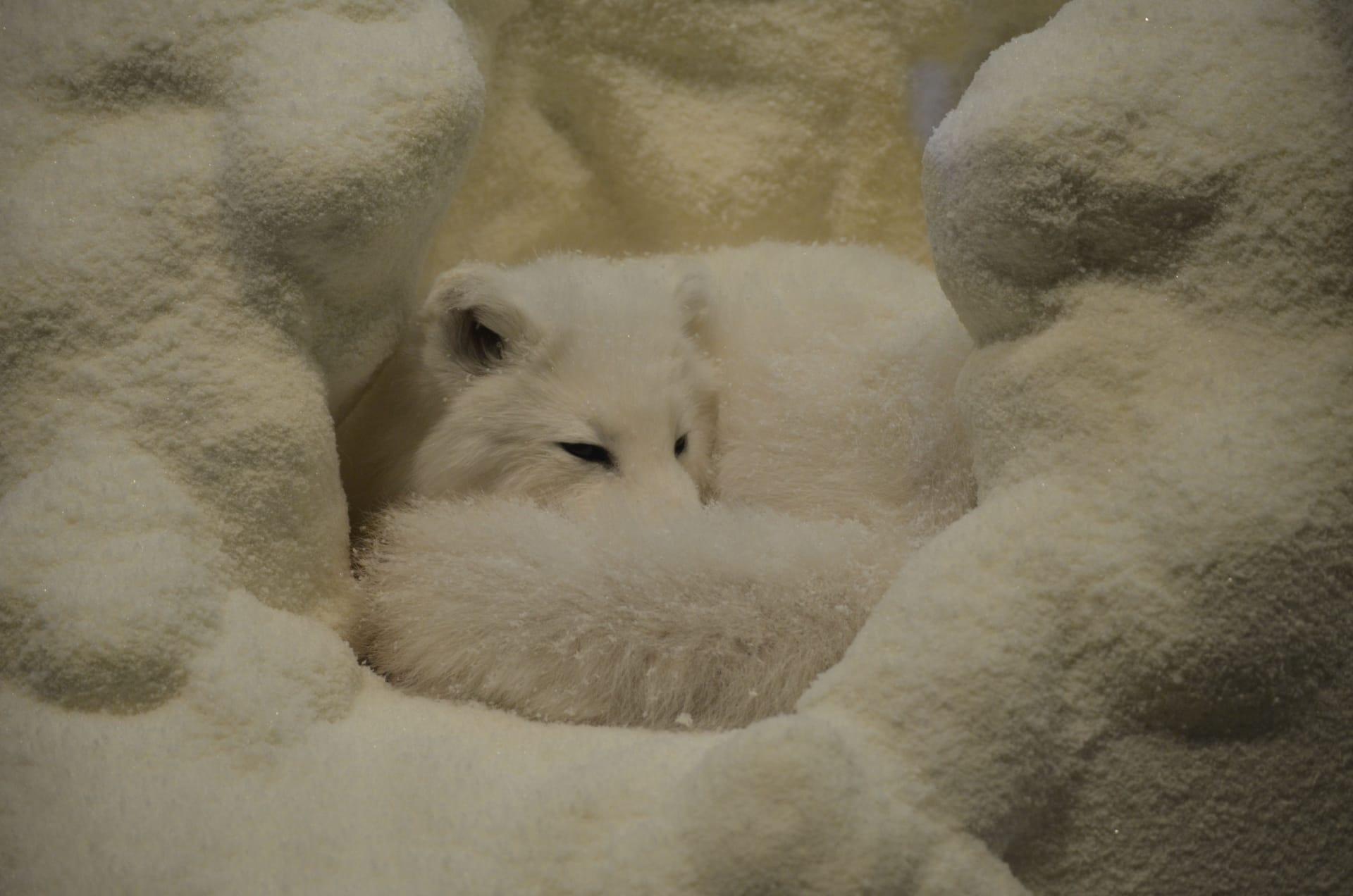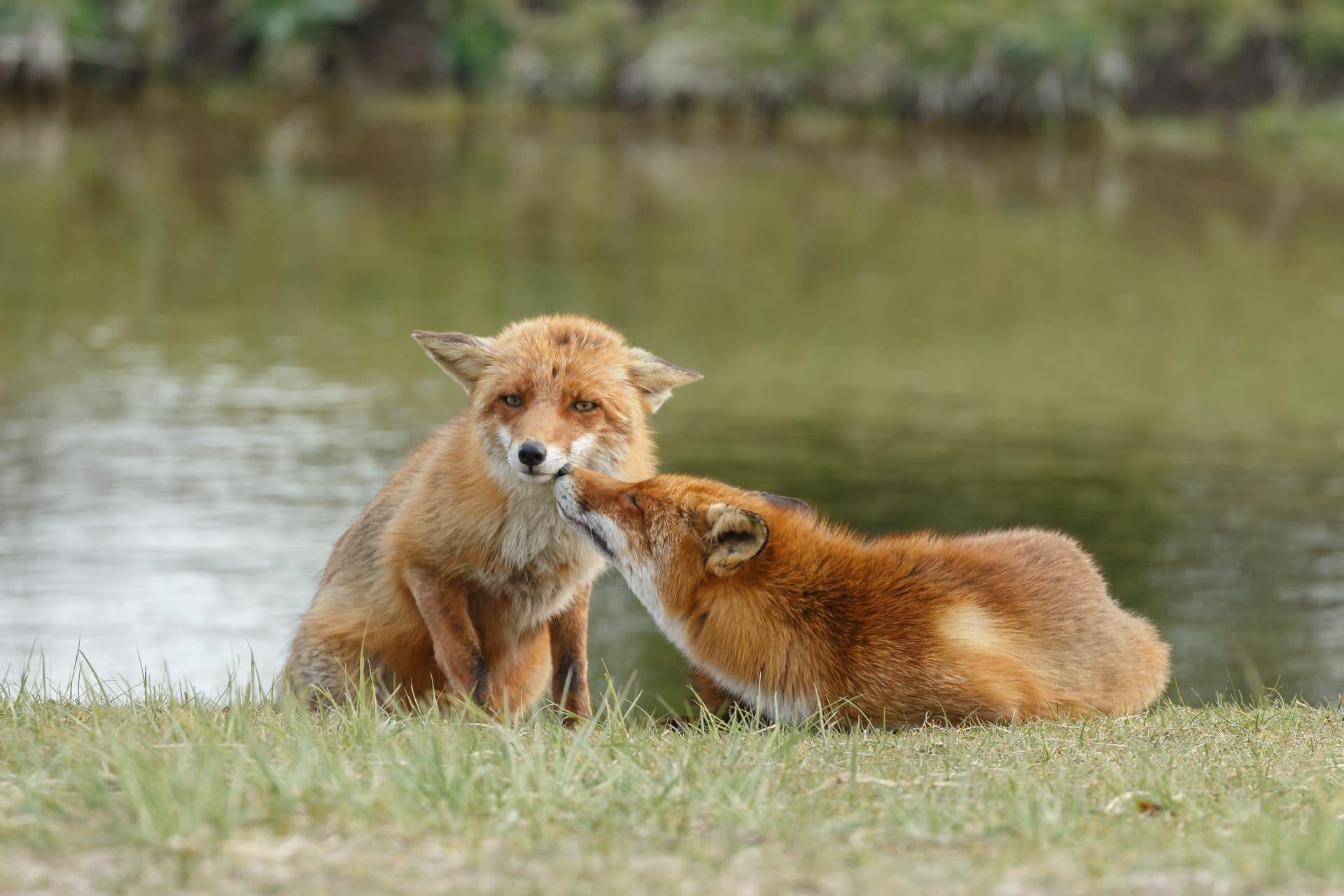1
Foxes have incredible hearing abilities. They can detect the faint sound of a mouse squeaking under a foot of snow. Their triangular ears, upright and pointed, are finely tuned to catch these subtle sounds. When hunting, a fox uses its acute hearing to locate prey even without visual cues, then leaps high into the air and pounces, using its Earth's magnetic field as a targeting system. It's one of nature's remarkable examples of predatory skills.
Another fascinating aspect of foxes is their adaptability. They are found on every continent except Antarctica, thriving in various environments - from icy Arctic tundras to scorching deserts. What's remarkable is their dietary flexibility. Foxes are omnivores and can eat almost anything, from fruits and vegetables to small mammals and birds. This varied diet, combined with a knack for scavenging, allows them to survive in urban areas as well as remote wilderness.

2
Speaking of foxes and their environment, they are known for their exceptional burrowing skills. A fox's den, also known as an 'earth,' can be quite intricate, with multiple exits and chambers. These dens provide shelter, a place to store food, and a safe haven for raising their kits. Some fox dens have been used and expanded by generations of foxes, turning into complex underground networks over time.
Another intriguing fact about foxes is their communication. They use a wide range of vocalizations - over 20 different calls have been documented! These include barks, howls, and even eerie screams. Each sound serves a specific purpose, like warning other foxes of danger or attracting a mate. Their vocal range demonstrates complex social structures and behaviors, showing that foxes are more than just solitary hunters.

3
Did you know that foxes have whiskers on their legs and face, which help them navigate? These whiskers, or vibrissae, are highly sensitive to touch and help a fox judge distances and changes in terrain, especially useful during night hunting. This sensory adaptation shows how foxes are finely tuned to their environments.
Also, foxes exhibit playful behavior, often seen in their young. Fox kits engage in various games, including mock fighting and chasing each other, which is crucial for their social and physical development. These playful antics are not just for fun; they teach vital survival skills like hunting and defending themselves.

4
Foxes have a unique way of storing extra food. Known as 'caching,' they will bury surplus food to eat later. This behavior shows their ability to plan ahead and adapt to varying food availability. They often use landmarks to remember the locations of their hidden caches, demonstrating a remarkable memory.
Another interesting aspect is the fox's reproductive strategy. Females, or vixens, usually give birth to a litter of two to twelve kits. The male fox, or dog, helps by providing food for the vixen and kits. This cooperative parenting is vital for the survival of their young, especially in harsh environments.

5
Foxes' fur color is not just for camouflage; it also varies depending on their species and environment. For instance, the Arctic fox's fur changes color with the seasons - white in winter to blend with the snow and brown in summer for the melted landscape. This change is a fantastic adaptation for survival in varying climates.
Lastly, foxes are known for their intelligence and cunning. They have been observed using strategy in hunting, like hunting in pairs or using the terrain to their advantage. This intelligence, combined with their adaptability and sensory capabilities, makes foxes incredibly successful survivors in the wild.